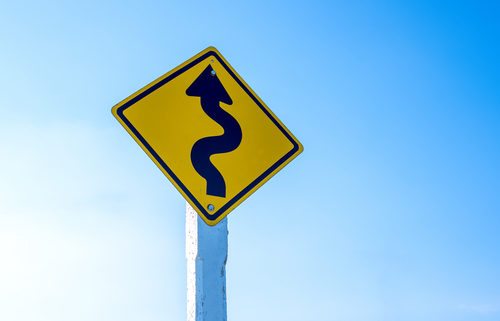Top 7 Varicose Vein Risk Factors
Both men and women are susceptible to varicose veins. In fact, more than half of all people 50 years and older suffer from varicose veins. Vein problems, in total, affect more women than of men, but it’s an issue that is fairly universal.
Several factors impact whether you are susceptible to varicose veins. The following are the top 7 risk factors for developing varicose or spider veins:
Increasing Age
Just like the rest of your body, your veins tend to show their age after a while. As you get older, your veins may weaken and not work as effectively as they once did, resulting in varicose or spider veins.
Medical History
Heredity is a key risk factor. If you have family members with vein problems, the likelihood of you experiencing difficulties increases. You may have simply been born with weak vein valves. Approximately half of all people who have varicose veins have a family member who suffers from them, too. Take a look at your family history – that should give you an indication whether it’s something you need to be concerned about.
Hormonal Changes
When your hormonal levels fluctuate, your risk for varicose veins increases. During puberty, pregnancy, and menopause are the most natural times of concern. Women who take birth control pills and other medicines containing estrogen and progesterone may also increase the likelihood that varicose and spider veins begin to form.
Pregnancy
Of the major hormonal changes, pregnancy can have the greatest impact. During pregnancy, the amount of blood in the body increases substantially. You are supporting new life, after all. Because your uterus is growing, your veins experience added pressure. The blood increase can cause veins to enlarge, hence the appearance of spider veins or varicose veins. The good news is that varicose veins usually improve within three months after delivery. With that being said, more varicose veins and spider veins tend to appear with each additional pregnancy.
Obesity
Varicose veins and spider veins can increase when you put extra pressure on your veins. Being overweight and carrying around extra weight causes that very thing to happen. Your diet is a critical component of your ability to avoid developing varicose veins.
Lack of Movement
A sedentary lifestyle – or at least one where you don’t move much throughout the day – is bad news for your veins. When you sit or stand for long periods of time, you may be forcing your veins to work harder to pump blood to your heart. The effects may be even more substantial if you often sit with your legs bent or crossed. You can combat the problem with exercise and, at the very least, taking time throughout the day to just walk around.
Sun Exposure
People love grabbing some rays, but too much sun is bad news. This is especially true for fair-skinned people. Excessive sun exposure can cause spider veins to appear on cheeks and noses. If you’re going to be out in the sun for a while, make sure you have protection.



